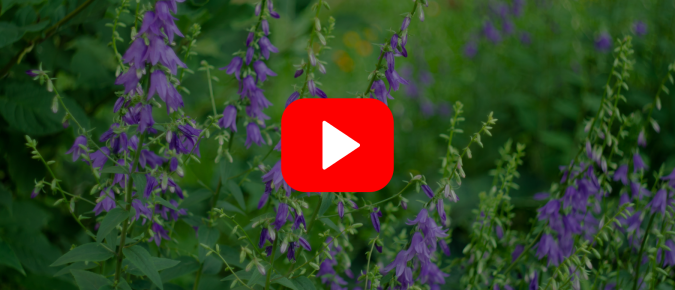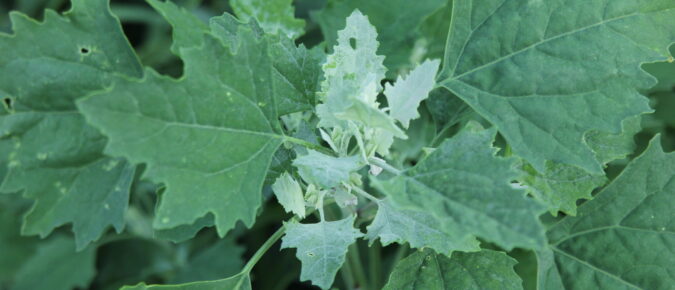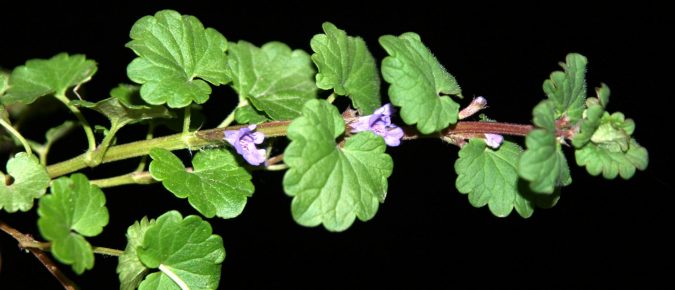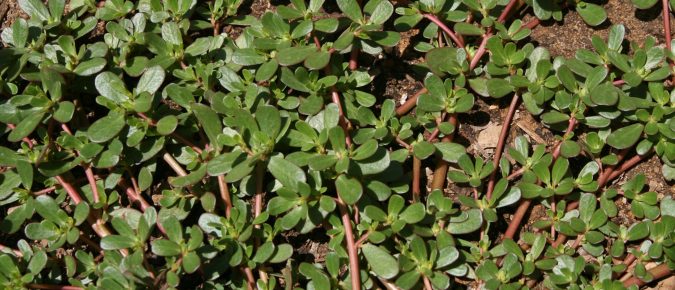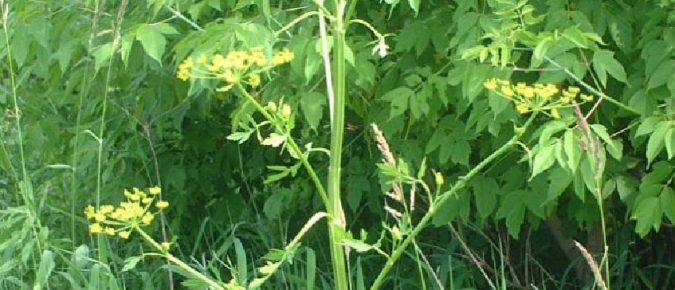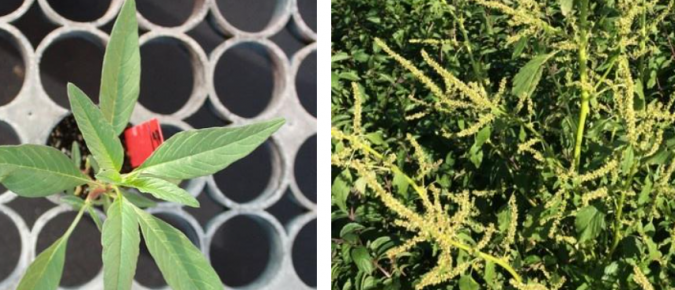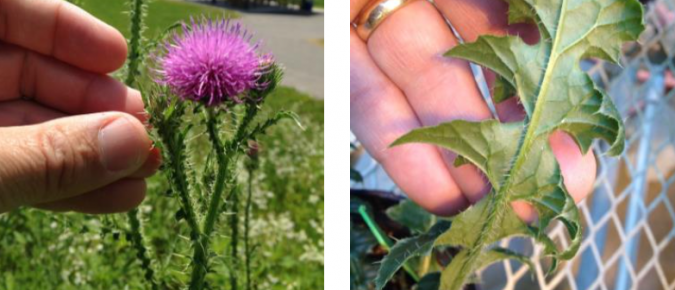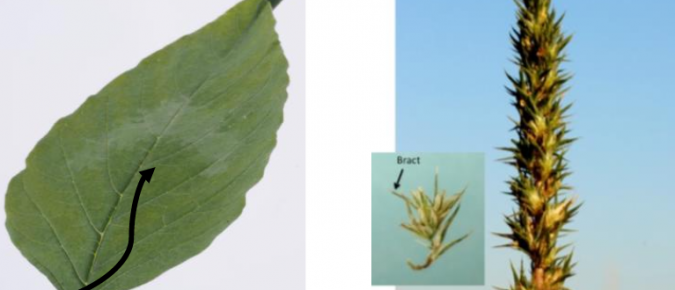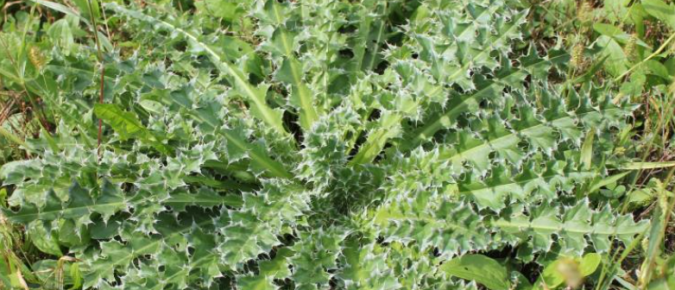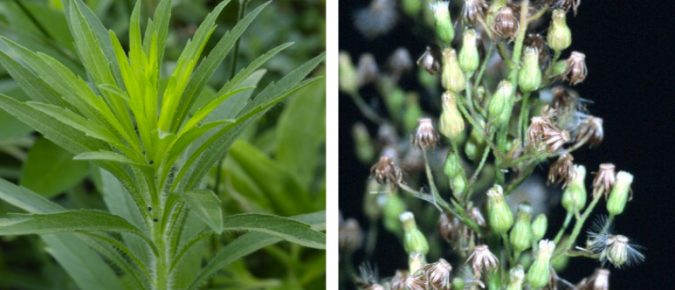Learn about the biology and management of three common creeping perennials that can invade lawns and gardens in Wisconsin: Canada thistle, Bishop’s goutweed and creeping bellflower.
This detailed, illustrated guide will help you identify 54 of the most common problem weed species in the north central region of the United States. It is divided into two main sections: grass and grass-like weeds and broadleaf weeds.
Known by several common names, Glechoma hederaceae is a pest in lawns and gardens. Often called Creeping Charlie or Ground Ivy, it thrives in moist, shady spots and is difficult to eradicate. Learn about this creeping nuisance in this article…
Common purslane, Portulaca oleracea, is a low-growing plant with succulent leaves. This annual grows quickly to produce a mat of tart-flavored edible leaves. Because of its fast growth, prolific seed production, and ability to survive in all types of soils, most people think of it as a pest, but some consider it a vegetable. To learn more about this edible weed in this article.
Wild parsnip (Pastinaca sativa) is an aggressive Eurasian member of the carrot family that grows in sunny areas and tolerates dry to wet soil types. Very invasive, it can overtake roadsides and fields. Contact with this plant can cause severe skin blisters and permanent scarring. Learn how to identify and control this invasive plant in this factsheet.
In mid-summer, the fields and roadsides are filled with airy white flowers of Queen Anne’s Lace, an introduced plant that is related to carrots. Learn more about this nearly-ubiquitous weed by reading this article…
This factsheet will help you identify wild buckwheat – Polygonum convolvulus, a common weed in pastures and other settings.
This factsheet will help you identify tall / common waterhemp, a common weed in pastures and other settings.
This factsheet will help you identify plumeless thistle, a common weed in pastures and other settings.
This factsheet will help you identify Palmer amaranth, a common weed in pastures and other settings.
This factsheet will help you identify musk thistle, a common weed in pastures and other settings.
This factsheet will help you identify horseweed (marestail) – Conyza canadensis, a common weed in pastures and other settings.

